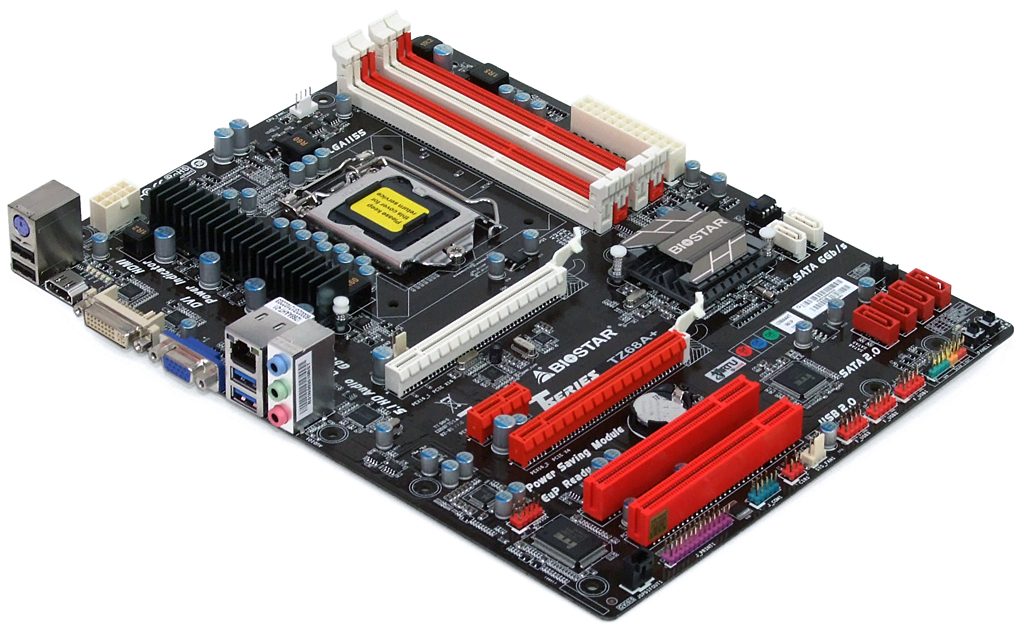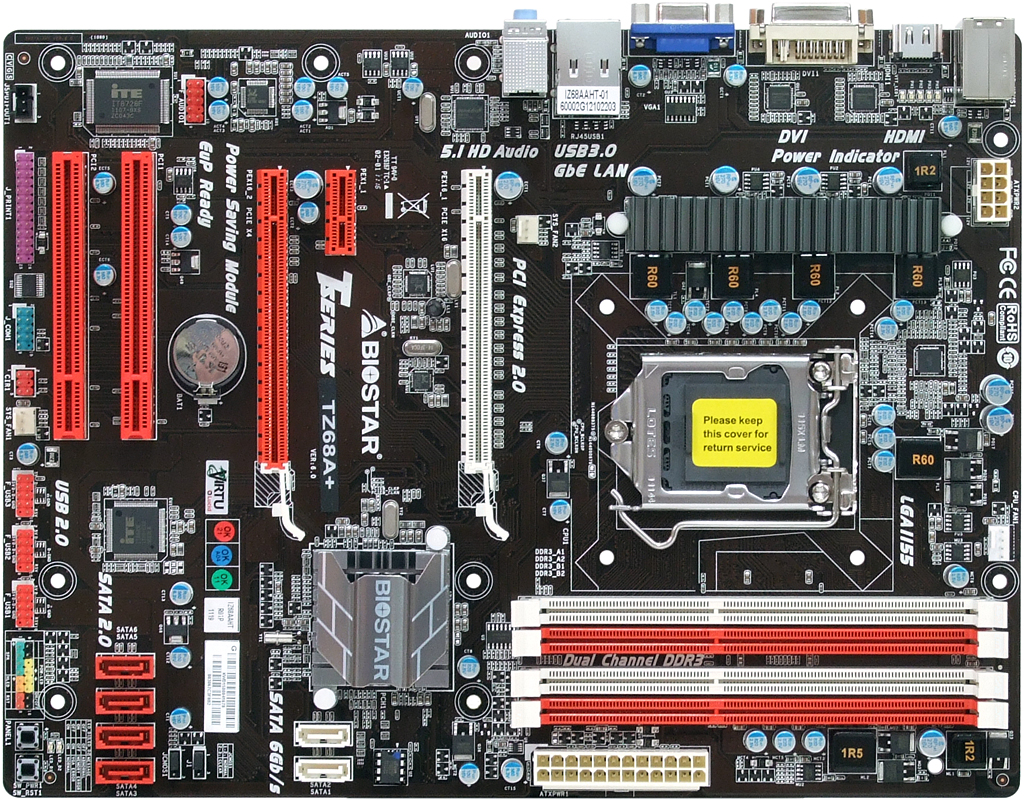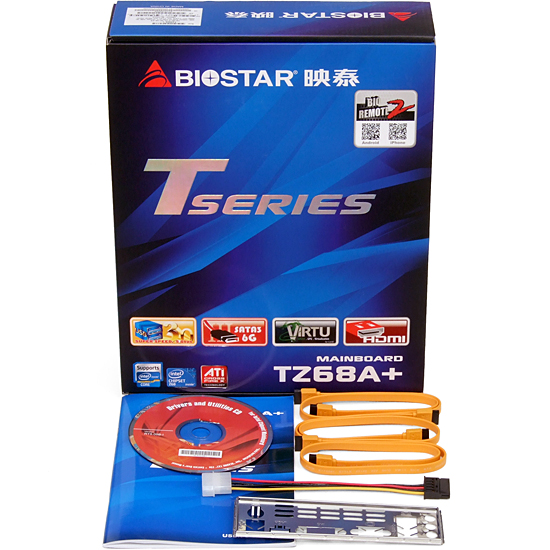From $100 To $160: Five Z68-Based Boards, Compared
Value-oriented system builders celebrate new-found performance and features as Intel continues pushing its mainstream platform towards the high-end. Today, we draw a line in the sand and consider five motherboards priced between $100 and $160.
Biostar TZ68A+
Continuing in its efforts to conquer the budget overclocking and value-oriented gaming markets, Biostar’s TZ68A+ presents the least-eleborate I/O panel in today’s review. We seriously question why the firm would present only two USB 2.0 ports on the rear panel and six internally when the chipset supports a total of 14. We'd hate to run out of accessible connectivity and sour this board's value by being forced to buy a USB 2.0 hub.
Biostar does exploit other free features however, such as the Multi-I/O controller’s parallel port output. Though we’re sure a few customers will pick the TZ68A+ over its competitors exclusively for this more legacy feature, we’re almost as certain that more customers will pick a competing solution for its extra USB ports. A USB 3.0 controller boosts the total I/O panel port count to four, but doesn’t add a front-panel interface.
Biostar’s goal is low-cost performance rather than connectivity, so it’s the cheapest board in today’s review to support AMD CrossFire graphics across two cards. The second slot’s four-lane connection through the Z68 Express PCH (rather than splitting the processor's 16 available lanes) introduces latency and compromises the value of this added feature, however.
Biostar moves its front-panel audio connector two slots up from the bottom-rear corner, making it easier to reach from above the board, while also making it more difficult those who prefer to run their cable behind the motherboard tray to reach from below.
The remaining layout is clean, with the CPU power connector oriented for easier access to its latch. The four SATA 3Gb/s ports could potentially be blocked by a triple-slot secondary graphics card in the four-lane slot or a full-length PCI card, but those are unlikely combinations for a four-lane slot or a consumer-level build.
Biostar’s inclusion of only three SATA cables is likely adequate for most mid-budget builders, though any higher-priced competing products should have at least four.
Get Tom's Hardware's best news and in-depth reviews, straight to your inbox.
-
compton I temporarily used a Biostar TH67+ 1155 mobo until I picked up my new board. After seeing the description of the Z chipset's Graphical UEFI I checked Biostar's website. It looks as though they're released the graphical UEFI for all biostar 1155 mobos.Reply
Now I just wish Intel would do the same -- can't they just rip off Asus's UEFI implementation? -
johnnyb_27 Why not use the MSI's Z68A-G65 instead of the MSI's Z68A-G55? They were the same price but now the drop MSI's Z68A-GD55 to 154 before rebate.Reply -
hatethisbull 90% of this article could've been compressed into the summary page. I would've preferred to see comparisons between, say, a $70 h67 and a high-end z68. Instead of four pages of unsatisfying gaming benchmarks, how about focusing on board usability? Which of the boards have cheap PCI-E retention clips that are going to pop off on first use? Which ones will have blocked ports, etc.Reply -
The Greater Good vilenjanWhat about looks? The gigabyte board looks so meh, while the MSI board is sexy!Reply
Do you stare into your case whilst computing, or do you look at the monitor? -
aznguy0028 The Greater GoodDo you stare into your case whilst computing, or do you look at the monitor?I look into my case daily when I use the computer. There's a reason why there is a window, and hours of hard work for your perfect wiring job deserves much credit and to be stared at. Not to mention coloring schemes that matches your case/mobo pcb color/fan led colors/etc.Reply -
Crashman johnnyb_27Why not use the MSI's Z68A-G65 instead of the MSI's Z68A-G55? They were the same price but now the drop MSI's Z68A-GD55 to 154 before rebate.MSI picked the GD55 because it's SUPPOSED to cost $160. MSI did NOT pick the GD65 because it's SUPPOSED to cost $180. MSI's predictions from a few weeks back simply didn't pan out.Reply -
Crashman jerreddreddisn't it time we lost the PS2 port? and maybe even the DB15 VGA port also?Not PS/2, just VGA. They leave the Multi-I/O controller on the board for compatibility in other areas, so PS/2 is "free" and some people still use it at the high end.Reply
Some cheap monitors still use VGA, but these boards are not for the budget market! For VGA compatibility (for external capture devices and such) they could just use DVI-I and let the oddball user who needs VGA for that oddball purpose supply his own adapter.



